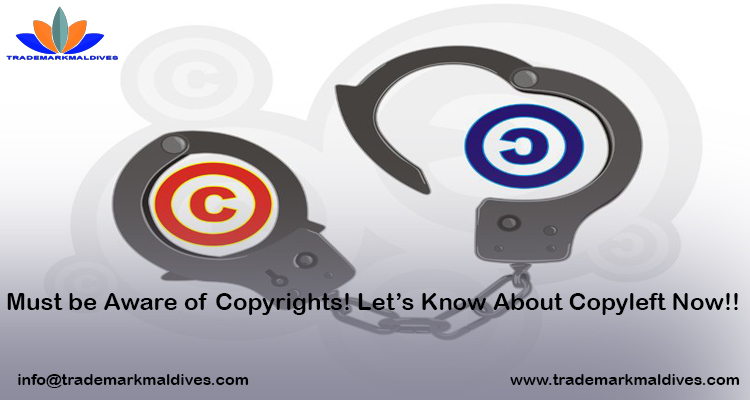Your invention is the result of your hard efforts, and you must not want anyone to make profits by using it or a similar one without your consent. Patent Registration is one of the most valuable sources, which empower you to prohibit others from using your unique and new ideas in today’s malicious era where issues like patent infringements are common. A patent, if granted, bestows you with not just the Intellectual Property Rights (IPRs) to ensure the protection of your innovation but also a good reputation that attracts profits. However, to enjoy the full-fledged benefits of registering a patent, you must know about what a provisional patent is and how it differs from a permanent one.
Provisional Patent
It is imperative to note that there is nothing like a provisional patent in the present Intellectual Property (IP) industry. Nevertheless, a Provisional Patent Application is an introductory step towards the road of getting robust patent protection. Filing a provisional patent application is crucial as it allows the inventor to market his invention without any worry related to its theft and to continue with further development and patent operations. It is a legal document that provides an early filing date and gets transformed into a granted patent only when the applicant applies for a regular non-provisional patent.
Permanent Patent
The permanent patent provides the Patent Protection that prevents unlawful using, making, copying, and sharing of the same or similar invention. The permanent patent application is a techno-legal document that includes a description explaining the invention, disclosing the best-known procedures of carrying it out, and one or more assertions showing the scope of the invention.
Difference between Permanent and Provisional Patent
- The foremost fact that establishes a difference between these two patents is cost. For instance, Filing a Provisional Patent application is cheaper in comparison to filing a permanent one and therefore, beneficial for individuals, companies, etc., that are available with a limited budget. Besides, provisional patent registration demands no legal necessities, which are compulsory in case of permanent patent registration.
- By filing a provisional Patent Application, the inventor can secure his/her invention as soon as he/she creates it and along with the benefit of maintaining and supplementing that invention. It means this application allows you to continue working and making improvements in what you have invented even after filing it. Once done with the modifications in your invention, you can apply either for its permanent patent registration or another provisional patent associated with the same. On the other hand, filing of a permanent patent application provides no option to make changes or add any new subject matter to your invention. Therefore, if you want to protect what you have invented while working on its improvements, then it is essential to file a provisional patent application rather than a permanent one.
- The role of the Patent Office is another remarkable aspect that differs provisional and permanent patent applications from each other. Patent Office doesn’t emphasize the provisional patent application until and unless the inventor files a permanent patent application that claims privileges and benefits of the priority under the provisional application filing. It means until and unless the inventor moves forward to permanent registration, there is no need for an additional fee associated with the Patent Attorneys or office. In other words, the provisional patent application enables you to lay the foundation for getting a patent, be benefitted with patent-pending, and preserve funds in the process, whereas permanent doesn’t.
Undoubtedly, provisional and permanent patents are quite different, but if used together, these two vital tools can secure your invention in the best and fastest possible way. Nevertheless, it is imperative to note that the provisional patent application remains pending at the Patent Office for a maximum of 12 months from the date of filing. So if an applicant files a provisional patent application, then he must apply for a corresponding permanent patent also within the twelve-month patent pendency duration of the provisional application. Why? It is essential to accomplish the Patent Process with ease and get comprehensive advantages of patenting an invention. For more visit: https://www.trademarkmaldives.com
Don’t forget to follow us on social media:
Facebook – https://www.facebook.com/trademarkmaldives/
Twitter – https://twitter.com/trademarkmaldiv
Linkedin – https://www.linkedin.com/company/trademarkmaldives/
Pinterest – https://in.pinterest.com/trademarkmaldives/






Comments